A practical approach to dealing with contagious ovine digital dermatitis (CODD) on farms
J. Angell, D. Grove-White and J. Duncan | Livestock | September 2018
Contagious ovine digital dermatitis (CODD), which causes severe lameness in sheep, is considered to affect approximately 50% of farms in the UK yet the evidence base is limited and treatment and control on affected farms can be problematic…

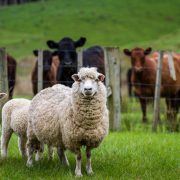
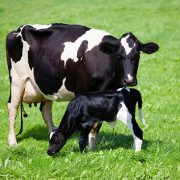


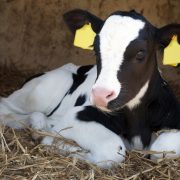

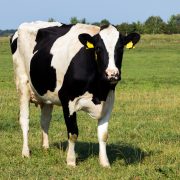


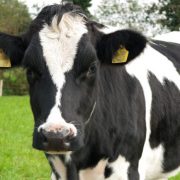
Connect with us